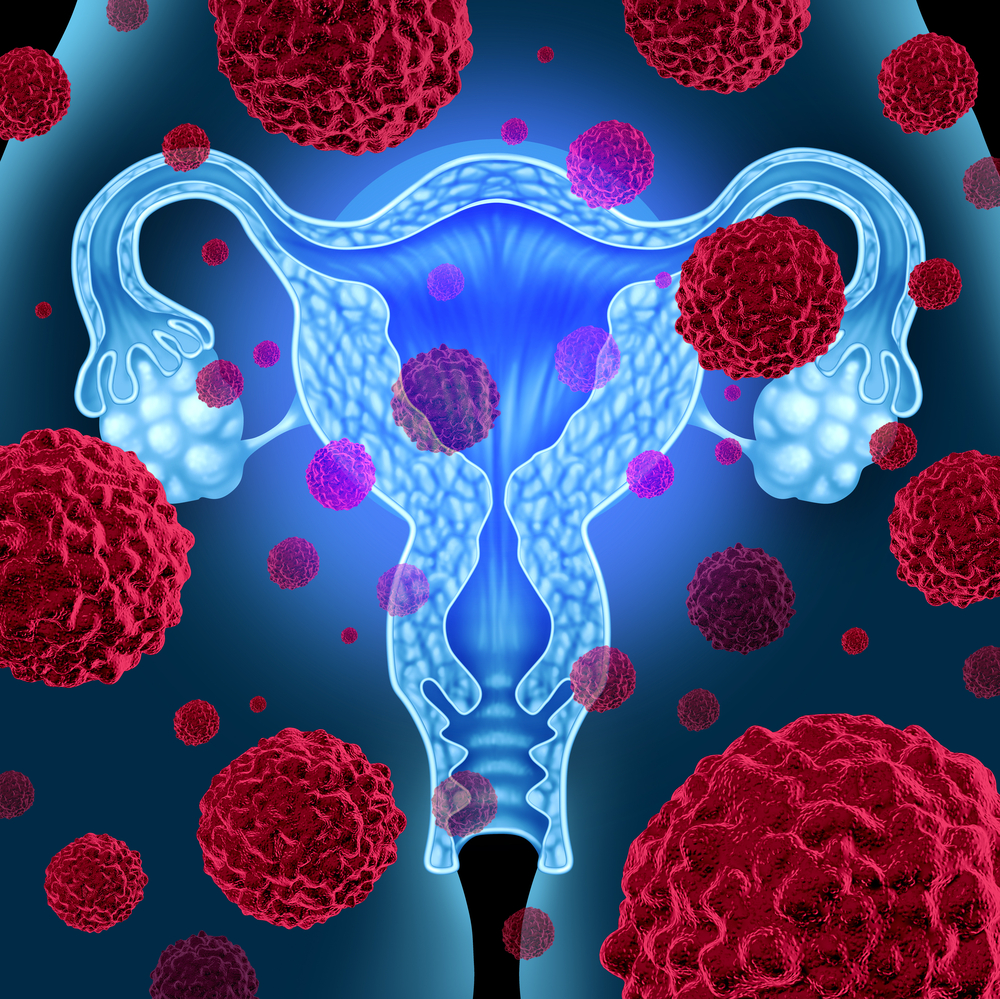Recent data indicate that the number of US women in their early 20s who have lost fertility to cervical cancer has fallen, with some analysts attributing the decline as likely linked to introduction of president Barack Obama’s Affordable Care Act, which allows young adults to remain on their parents’ health insurance until age 26.
Since the act, popularly referred to as “Obamacare” was introduced, the proportion of US citizens between ages 19 and 25 with access to health insurance has soared.
When the metrics are analyzed, the number of women in the 19-25 age bracket rose by nine percent, with the proportion of females receiving fertility-preserving treatment up nearly 12 percent.
 However, Xuesong Han, PhD, Director of Surveillance and Health Services Research at the American Cancer Society, who with ACS colleagues published the findings, cautions that although the early findings were encouraging, they did not constitute definitive proof that the Affordable Care Act was directly linked to an increase in early cervical cancer diagnoses.
However, Xuesong Han, PhD, Director of Surveillance and Health Services Research at the American Cancer Society, who with ACS colleagues published the findings, cautions that although the early findings were encouraging, they did not constitute definitive proof that the Affordable Care Act was directly linked to an increase in early cervical cancer diagnoses.
“The results are what we expected to find given the increase in insurance rates among young people,” says Dr. Han, who is also an Adjunct Professor in the Department of Epidemiology at Emory University’s Rollins School of Public Health in Atlanta, Georgia, in an International Federation of Gynecology and Obstetrics (FIGO) release. “But a long-term study will help us really establish a causal relationship, and tell us what this means for care and outcomes.”
The American Cancer Society’s projected estimates for cervical cancer in the United States for 2015 are about 12,900 new cases of invasive cervical cancer will be diagnosed and approximately 4,100 women will die from the disease this year.
The ACS notes that cervical cancer was once one of the most common causes of cancer death for American women, but over the last 30 years, the cervical cancer death rate has declined by more than 50 percent, with the main reason being increased use of the Pap test. This screening procedure can detect changes in the cervix before cancer develops, and can also find cervical cancer early in its most curable stage. Most cases of cervical cancer are found in women younger than 50, and the diseaset rarely develops in women younger than 20.
According to the ACS, many older women are unaware that risk of developing cervical cancer is still present as they age, and more than 15 percent of cases are found in women over 65. However, the Society observes that these cancers rarely occur in women who have been getting regular tests to screen for cervical cancer before they were 65.
In the United States, Hispanic women are most likely to get cervical cancer, followed by African-Americans, Asians and Pacific Islanders, and whites. American Indians and Alaskan natives have the lowest risk of cervical cancer among US demographic categories.
The ACS explains that cervical cancers and cervical pre-cancers are classified by how they look under a microscope. The main types of cervical cancers are squamous cell carcinoma and adenocarcinoma, with most (up to 9 out of 10) cervical cancers being squamous cell carcinomas.
Most other cervical cancers are adenocarcinomas, which are cancers that develop from gland cells. Cervical adenocarcinoma develops from the mucus-producing gland cells of the endocervix. The ACS notes that cervical adenocarcinomas seem to have become more common in the past 20 to 30 years.
Less commonly, cervical cancers have features of both squamous cell carcinomas and adenocarcinomas. These are called adenosquamous carcinomas or mixed carcinomas. And although almost all cervical cancers are either squamous cell carcinomas or adenocarcinomas, other types of cancer also can develop in the cervix, such as melanoma, sarcoma, and lymphoma that occur more commonly in other parts of the body.
Although cervical cancers start from cells with pre-cancerous changes (pre-cancers), only some of the women with pre-cancers of the cervix will develop cancer. It usually takes several years for cervical pre-cancer to change to cervical cancer, but it can happen in less than a year. For most women, pre-cancerous cells will go away without any treatment. Still, in some women pre-cancers turn into true (invasive) cancers. The ACS says that treating all cervical pre-cancers can prevent almost all true cervical cancers.
Sources:
The International Federation of Gynecology and Obstetrics (Fédération Internationale de Gynécologie et d’Obstétrique – FIGO)
The American Cancer Society
Emory University

